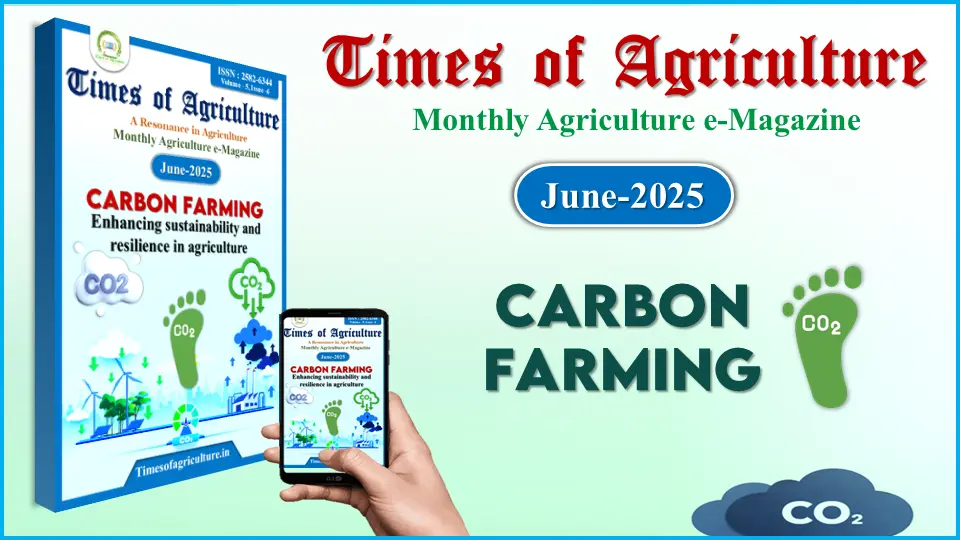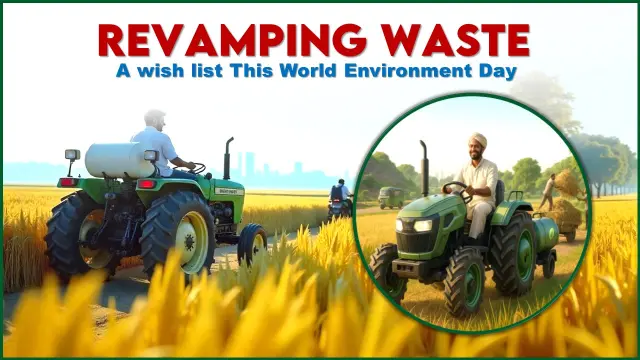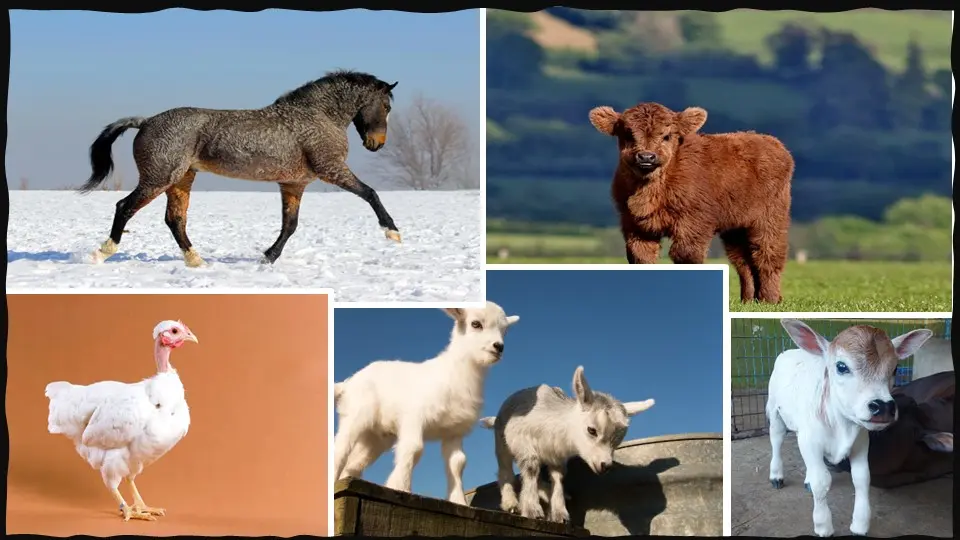Do you guys know about the use of modern agriculture tools? Do you guys know why modern farming are more reliant nowadays? Let us know more about it. Come with me. Farming means the activity of cultivating crops on the ground or raising animals for food and other products. Traditional tools like plough, hoes and sickles have been used in farming for centuries.
Nowadays, the usage of modern farming tools has been increasing, because of getting higher crop yields. So, modern farming means technologies like precision agriculture, drones, GPS and IoT devices used to boost crop productivity, reduce resource use and to increase efficiency. This article gives a proper analysis of the importance of modern tools and how it helps meet the growing demand for the world’s food production.
What Are Modern Agricultural Tools?
Modern tools refers to the involvement of technologies like GPS, sensors, IoT devices to enhance the efficiency of planting, irrigation, harvesting etc.. There are some ancient modern agriculture tools like tractors, cultivators also. In this article, we are focusing more on farming tools with the involvement of sophisticated methods. Some of the examples are drones, soil sensors, robotic weeders, crop monitoring apps etc… Before engaging more into the examples of tools , we can first discuss why modern tools used in agriculture?
Traditional vs Modern Agricultural Tools
| Traditional Agricultural Tools | Modern Agricultural Tools |
|---|---|
| It involves humans and animals | It involves machines |
| Less efficient | More efficient |
| Techniques are time consuming | Techniques are time saving |
| Least costly | Cost is high |
| Less scientific methods applied here | More scientific methods applied here. |
| Yield is less compared to traditional | Yield is more compared to traditional |
| Promote less sustainability | Promote more sustainable |
| Less contribution in weather resilience | More contribution in weather resilience |
| Traditional methods of irrigation is used | Sprinkler, drip irrigation systems are used |
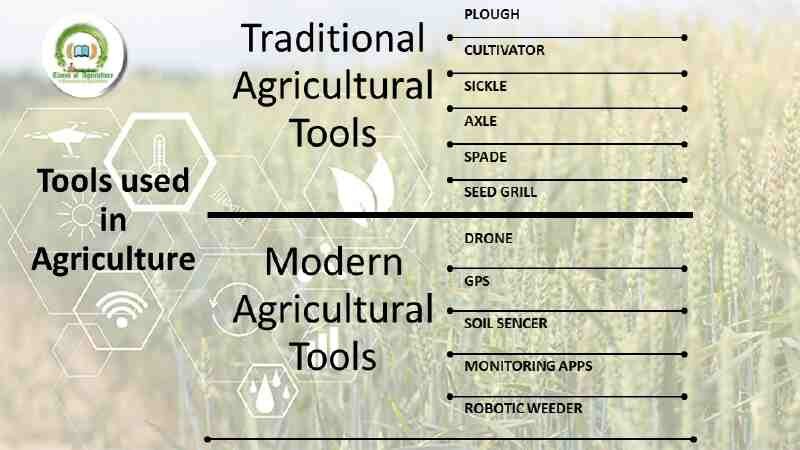
Read More:
- Tools Used in Agriculture to Protect Crop from Damage
- Application of Solar Energy in Agriculture in the Modern World
So guys, what are the modern tools used in agriculture? Till now, we are familiar with modern farming tools and why it is needed for farmers. Now, we are going to look at the top 10 modern tools that used in agriculture, their working and benefits in detail.Now, lets learn more detail about modern farming tools .
1.Drones
Drones are one of the most important modern tools. It is an unmanned aerial vehicle that helps in yield optimization, monitoring crop growth and thereby increasing production.
Working
They typically work as other modes of air transportation, when the engine is turned on ,it starts up and the propellers rotate to enable flight. They are controlled by remote operators.This is one of the important tools used in agriculture.
There are two main types of agricultural drones: fixed wing and multi door drones.
Fixed wing drones
They are drones having a rigid wing structure that is always kept in the fixed position throughout the flight. Their functions are for mapping large areas, and helps in surveying and monitoring crops,
Multi door drones
Also known as quadcopters or multi-copters, having multiple rotors( typically 4).Their done the work such as spraying fertilizers, sowing seeds and detecting pests and diseases.
Benefits
- Drones have special imaging equipment called Normalized Difference Vegetation Index ( NDVI ) to capture detailed color information to indicate plant health. This allows farmers to monitor crops as they grow so that they can adopt successive measures to save the plant.
- This modern agricultural tool also enables monitoring the health of soil and field conditions. Field mapping gives us information to find any irregularities in the field. Some also help farmers to find the level of nitrogen fertilizers in the soil. This helps us in the precise application of fertilizers and helps to improve the soil health.
- Automated drone seeders are being mostly used in the agriculture industry . They help to plant much more efficiently without the use of laborers.
- Drone sprayers are able to reach hard areas , such as steep fields at high elevations. It helps to reduce the risk of laborers, and targeted to specific areas to maximize efficiency and save on chemical costs.
- Drone cameras provide an overview of farm operations and save the time of farmers without directly reaching there.
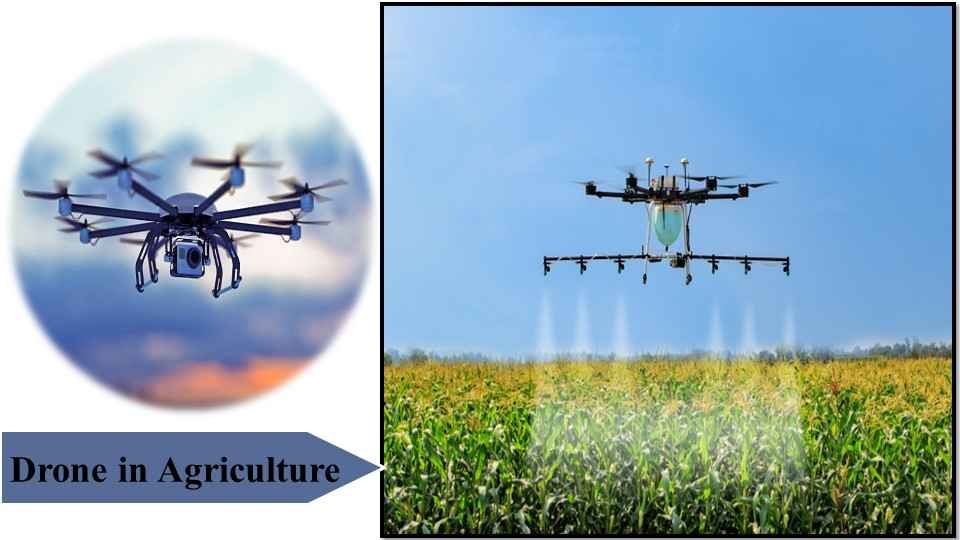
2.Precision planters
Precision planter is one of the important farming tools typically used to plant crops that require accurate control of plant population, by making a specific spacing between and along the rows, more precisely than done by seed drills.This is another example of modern machines used in agriculture.
Working
Precision planters typically include features for precise seed placement at controlled intervals like seed meters , seed tubes. They also use variable rate technology and GPS to optimize the planting patterns and thereby increase the yield.
Benefits
- Maximizing crop yield by protecting the environment.
- Avoid wastage of precious seed input.
- Better staging and uniform crop establishment
- Helps in accurate placement of seed in the soil.
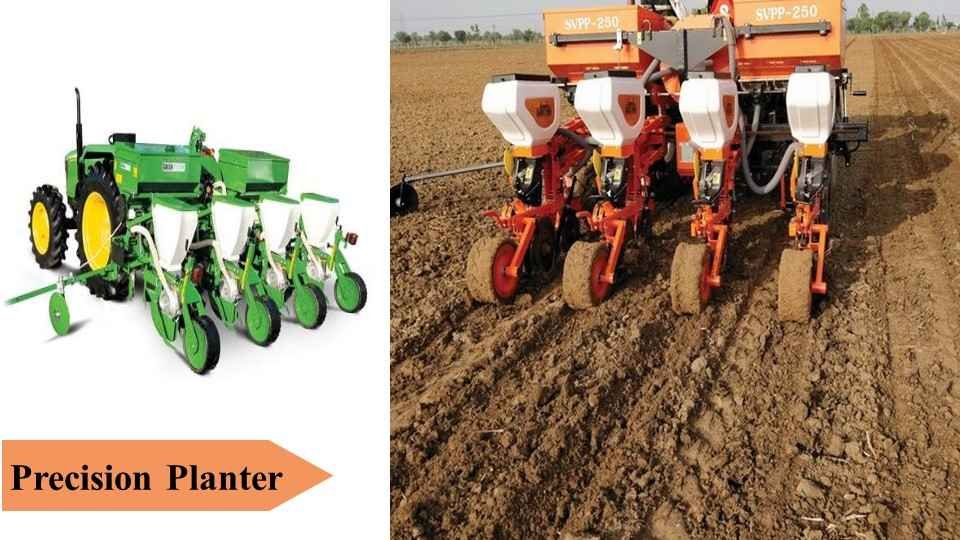
3. Soil Sensors
Soil sensors are instruments used to measure soil moisture , pH, salinity conductivity , temperature. As in the process of agricultural cultivation, the soil condition needs to be periodically monitored to improve productivity. Based on the element the sensor measured from the soil, there are 5 types of sensors, namely, soil moisture sensor, soil temperature sensor, soil conductivity sensor, soil pH sensor, Soil NPK Sensor.The most needed example of modern agriculture tools.
Working
The working of soil sensors can clearly by learning the below points:
- It consists of a typically sensing element that measures specific properties such as soil moisture, temperature, pH etc.
- Then, the sensing element converts the measured data into electrical signals.
- The digital signals are then transmitted to a computer or controller through wired or wireless methods.
- By receiving the data, the computer analyses and processes the data to extract useful information
- Then by analyzing the results, the controller can automatically control systems such as irrigation, weather stations etc.
Benefits
- Precise irrigation control
- Resource conservation
- Improved crop yields.
- Give real time data for better decision making.

4. Variable Rate Technology
Variable Rate Technology (VRT) refers to the use of advanced technologies in agriculture to optimize the application of inputs such as fertilizers, pesticides, and water and it is one of the most important modern tools in India.
Working
The working of VRT can understood by the following steps:
- various sources of data are collected and understand the variability within the field.
- Advanced algorithms are used to analyze the collected data for identifying the patterns and variation in various factors.
- Based on analysis , prescription maps are created. This map gives farmers an idea of the specific application rates of inputs needed at different locations in the field.
- Equipments like sprayers, fertilizers equipped with GPS and control systems
- Throughout the application process, the system needs to be continuously monitored.
- Data from the application process is collected and can be used for future analysis .
Benefits
- Resource optimization
- Adaptability to changing conditions
- Increase yield
- Helps in data -driven decision making.
- Customization of crop varieties.
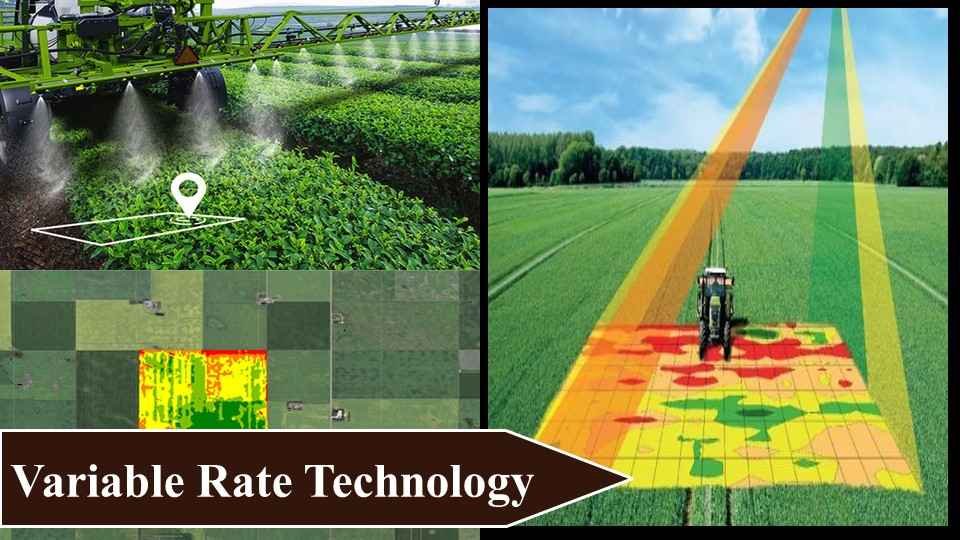
5.Robotic Weeders
In the category of modern farming tools, robotic weeders are automated devices used to identify and remove weeds from agricultural fields. They help in reducing the need of herbicides and manual labor by using sensors and AI to properly distinguish between crops and unwanted plants.This is the next example for modern machines used in agriculture.
Working
Robotic weeders typically use more than one technology for weed control. For distinguishing between weeds and crops, they use cameras, sensors , and machine learning algorithms. They use mechanical tools, lasers, or targeted herbicide application for weed removal.
Benefits
- Precisely target weeds and remove it, without causing any damage to crops.
- Reduced herbicide use
- Save labor cost
- Minimized soil disturbance
- Promote environmental sustainability.
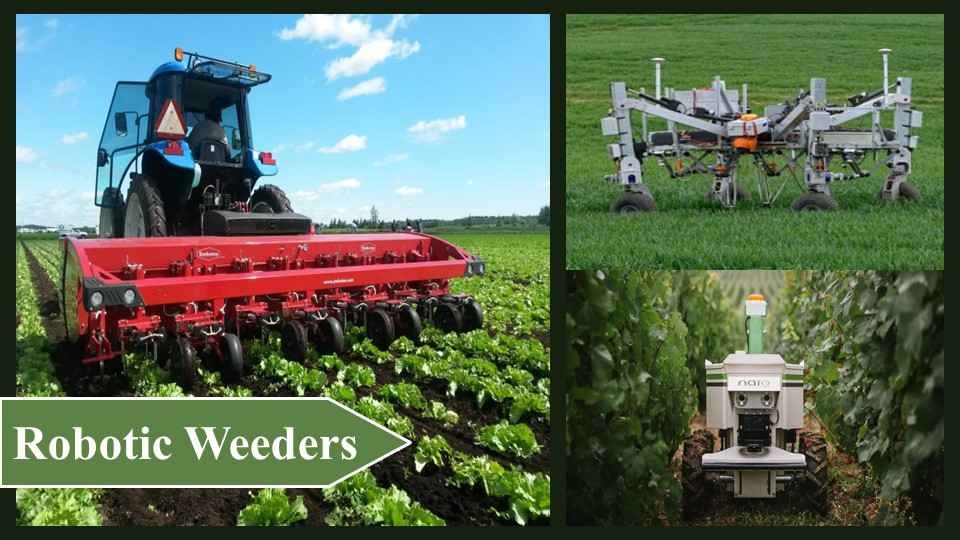
Read More:
- Latest Geeani Electric Tractor: 100% True & Remarkable Facts
- Powerful Role of E20 Fuel: Revolution in Sustainable Farming
6.Crop Monitoring Apps
Crop monitoring apps help farmers in managing and tracking the crops. Most popular apps are Farm Logs, Scorpio use features like weather forecasts, pest alerts, which contributed to better yield and resource utilization.The another one among the tools used in agriculture
Working
They work by integrating various sources and by using IoT( Internet Of Things), satellite imagery, and weather data. Firstly , they gather information about crop health ,soil moisture , then , the farmers can access the real data through the app and thereby farmers can plan accordingly to reduce the loss.
Benefits
- Helps in early detection of issues.
- Revise time alerts to infections and diseases to crop loss.
- Instant warning towards critical environment changes to decrease response time.
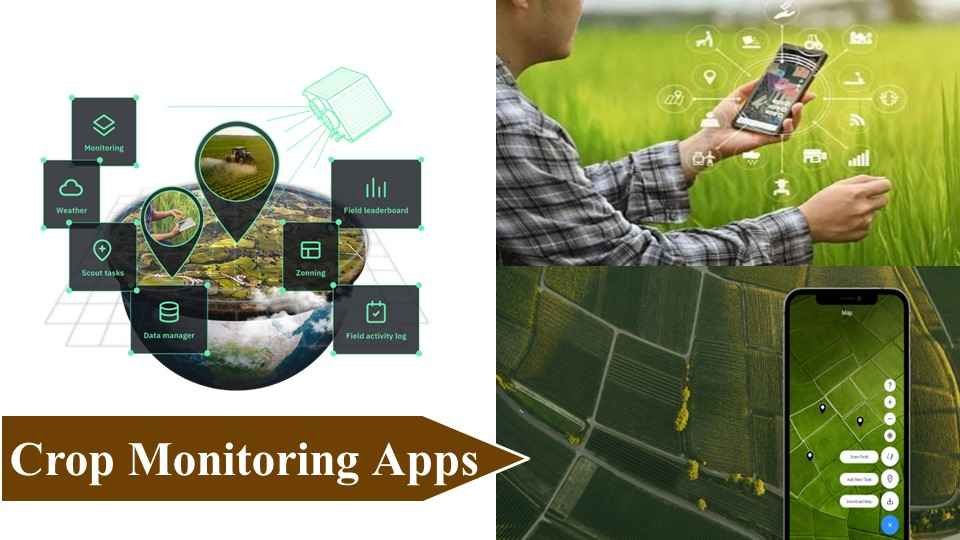
7.Automated Irrigation Systems
Automated irrigation systems are technological solutions that hold the function of optimizing the water use in agriculture. They help in conserving resources and enhance efficiency by their precise control.
Working
Parts are: Controller, Sensors ( soil moisture, weather sensors), Valves, Water Delivering Mechanisms( Sprinklers, Drip Emitters), Pump, Backflow preventer, Filter, Remote Control/ Monitoring Interface.
By using sensors , they monitor the moisture levels .When the water moisture drops below the threshold value, the system activates water delivery through valves or drip mechanisms.
Benefits
- Helps in water conservation
- Improve plant health.
- Helps in integration with weather data
- Increase the property value
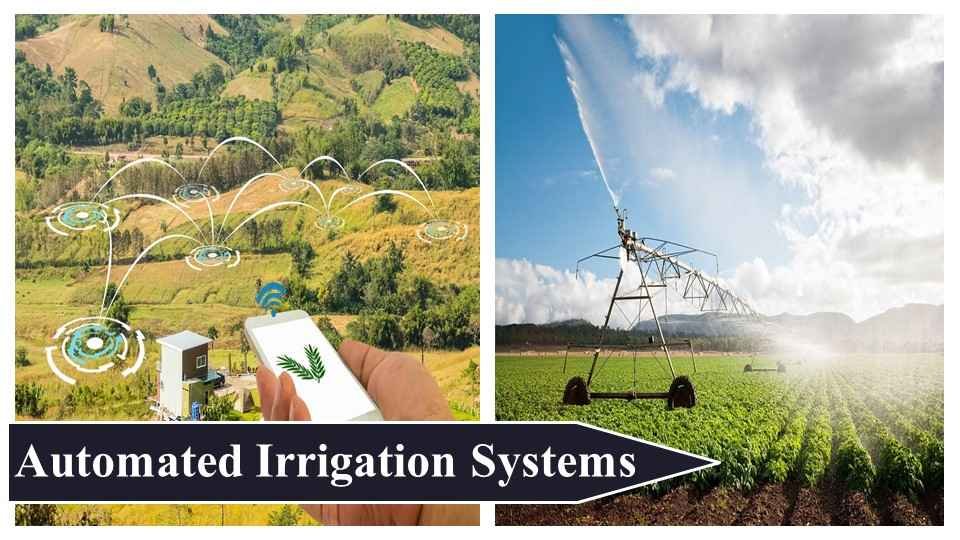
8. Climate Monitoring Stations
Climate monitoring stations are installations having sensors and instruments for collecting the data in the atmosphere. They give important information about climate to farmers and researchers for decision making.
Working
The sensors for temperature, humidity, wind speed and direction ,precipitation collects data and transforms it to a central data base. Meteorologists analyze data and generate weather reports, forecasts. By using solar panels, batteries , they provide valuable insights for agriculture and disaster preparedness.
Benefits
- Give accurate weather forecasts.
- Assist in disaster preparedness
- Helps in water resource management
- Helps in infrastructure and energy planning.

9. Smart Harvesters
Smart Harvesters are one of the modern tools that work with IoT devices. They help in increasing the efficiency in agricultural harvesting.
Working
Smart harvesters adopt advanced technologies such as sensors, GPS, and machine learning to enhance efficiency in agricultural harvesting. By analyzing crop conditions, they help in optimizing harvesting routes and give high efficiency in crop cutting and collection.
Benefits
- Minimize waste by precisely targeting ripe crops.
- Optimized resource utilization
- Allowing farmers to make informed decisions for better crop management.
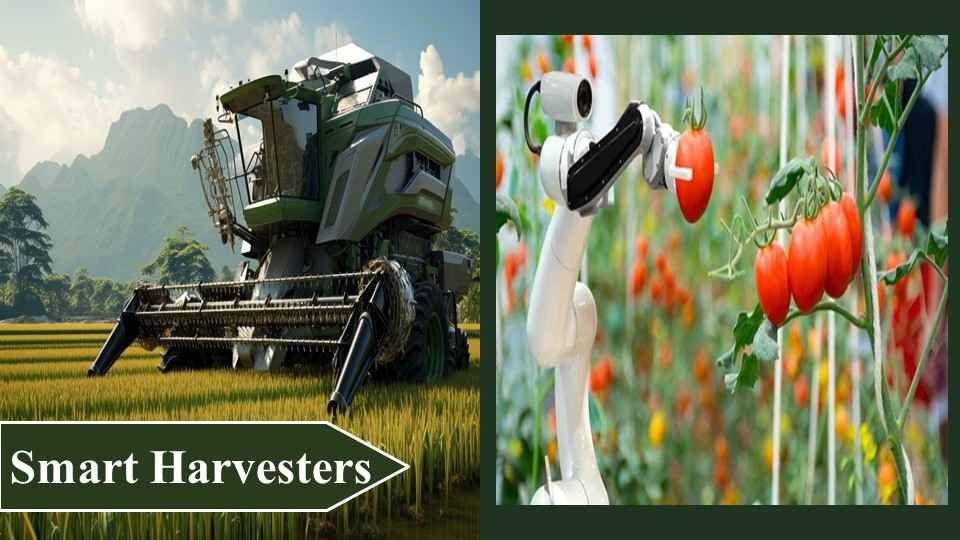
10.GPS Guided Tractors
Hope you guys get an idea about the previously discussed modern farming tools , now we are focusing on the last modern agricultural tool to discuss in this article, that is , GPS Guided Tractors. We know that tractors are an essential tool in farming, then , by the integration of GPS technology it becomes more valuable. They provide accurate location by using global positioning system signals and automate farming operations.
Working
By using satellite signals under GPS guidance , they provide location data , then processed by the tractor’s GPS receiver. Then , the data will be displayed on the tractors cab , helping farmers to navigate the field.
Benefits
- Increased efficiency
- Reduce labor costs
- Improved crop yields
- Use Variable Rate Technology to be more precise and thereby reduces environmental impact
- Reduce operating fatigue and ensure accurate operations.
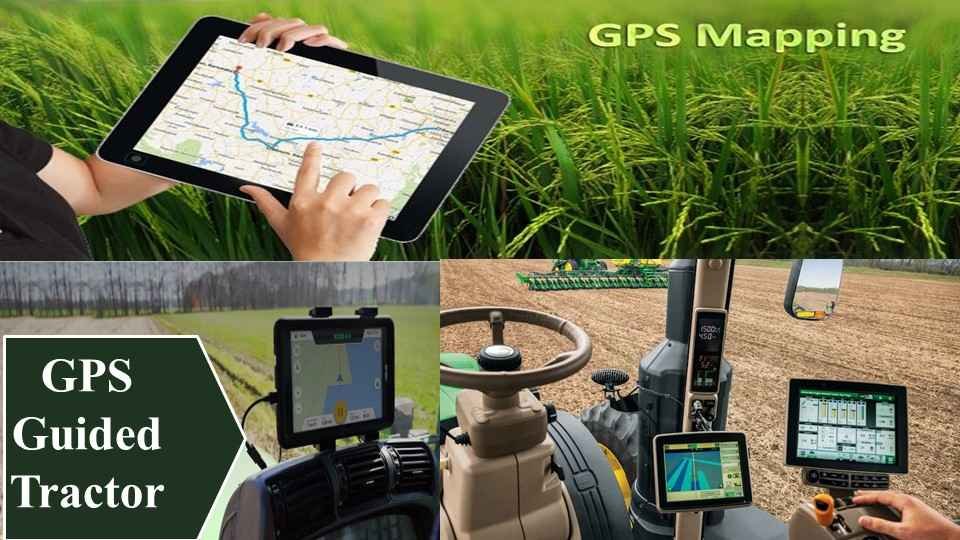
Drawbacks Of Modern Tools
We know that everything has advantages and disadvantages as the coin is two sided. Let us look quickly over the drawbacks of modern tools.
- It has high initial cost
- Technology dependence is un- familiar to farmers because of lack of awareness.
- Automation leads to reduction in traditional farming jobs.
- They are mainly reliant on modern agriculture.
- Require regular maintenance and skilled technicians for repairs.
Read More:
- Kisan Drone Scheme: Report on Advantages, Cost, Subsidy, Companies
- Mastering the Art of Cold Storage Business for a Fresher Tomorrow
Conclusion:
By this discussion, I hope you guys get to the answer to why farmers are more reliant on modern tools nowadays? As the growing demand for food is increasing day by day in the country, the future of agriculture is safe in the hands of modern tools, when they are incorporated in a balanced and thoughtful way.
New entrepreneurs in agriculture who are concern with the environmental sustainability while increasing the profit, use of modern tools in their venture will be the best option. For that, you guys ,the time is arrived to become familiarized with this sophisticated methods.
Latest Post
- June Issue (2025) – Times of Agriculture Magazine
- How to Create Modern Commercial Greenhouse Agriculture
- REACH NEW HEIGHTS WITH YOUR BUSINESS AT VIETSTOCK EXPO & FORUM 2025
- Revamping Waste: A wish list This World Environment Day
- Types of Banana in India : Health & wallet friendly fruit
- May Issue (2025): Times of Agriculture
- How to Grow Oyster Mushrooms at Home in India
- Top 10 Profitable Fruit Farming in India
- 5 Unique Hobby Farm Animals You Should Consider Domesticating


